Publications Routes/Roads Urban Mobility
This page lists Routes/Roads articles of PIARC in the field of urban mobility. These publications are classified chronologically.
-
Universal Design Project for the Seoul Subway: Development of a Subway Transfer Map for Users with Reduced Mobility
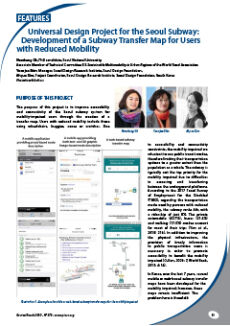
The purpose of this project is to improve accessibility and connectivity of the Seoul subway system for mobility-impaired users through the creation of a transfer map. Users with reduced mobility include those using wheelchairs, buggies, canes or crutches.
-
Achieving Compact Cities Linked by Transit Network in Japan
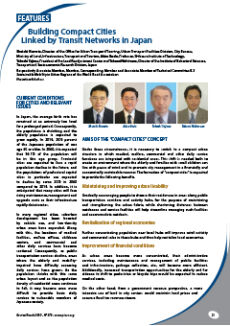
In Japan, the average birth rate has remained at an extremely low level for a prolonged period. Consequently, the population is shrinking and the elderly population is expected to grow rapidly. In 2010, 23% percent of the Japanese population of was age 65 or older. In 2040, it is expected that 36.1% of the population will be in this age group. Provincial cities are expected to face a rapid population decline in the future, and the populations of prefectural capital cities in particular are expected [...]
-
Best Practices for improving urban transport efficiency in China: Case study in Zhuzhou and Shenzhen
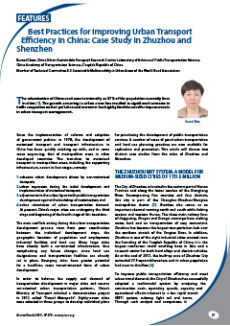
The urbanization of China continues to intensify, as 57% of the population currently lives in cities [1]. The growth occurring in urban areas has resulted in significant increases in traffic congestion and air pollution and moreover has highlighted the need for improvements in urban transport management.
-
Enhancing the Benefits Ascribed to «Bus Rapid Transit» Projects
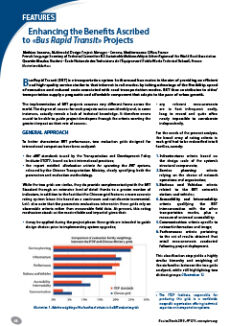
Bus Rapid Transit (BRT) is a transportation system built around bus routes in the aim of providing an efficient and high-quality service similar to that inherent in rail modes, by taking advantage of the flexibility, speed of execution and reduced costs associated with road transportation modes. BRT thus contributes to cities’ transportation supply a pragmatic and affordable component that adapts to the pace of urban growth.
-
The Case for Optimizing the Use of Public Urban Spaces
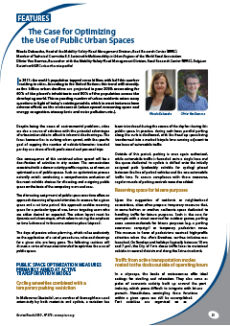
In 2011, the world’s population topped seven billion, with half this number residing in cities. According to the United Nations, this trend will intensify, as five billion urban dwellers are projected in year 2030, accounting for 60% of the planet’s inhabitants and 80% of the population across the developing world. This expanding number of urban residents raises many questions in light of today’s existing models, which in most instances have adverse effects on the environment (urban sprawl [...]